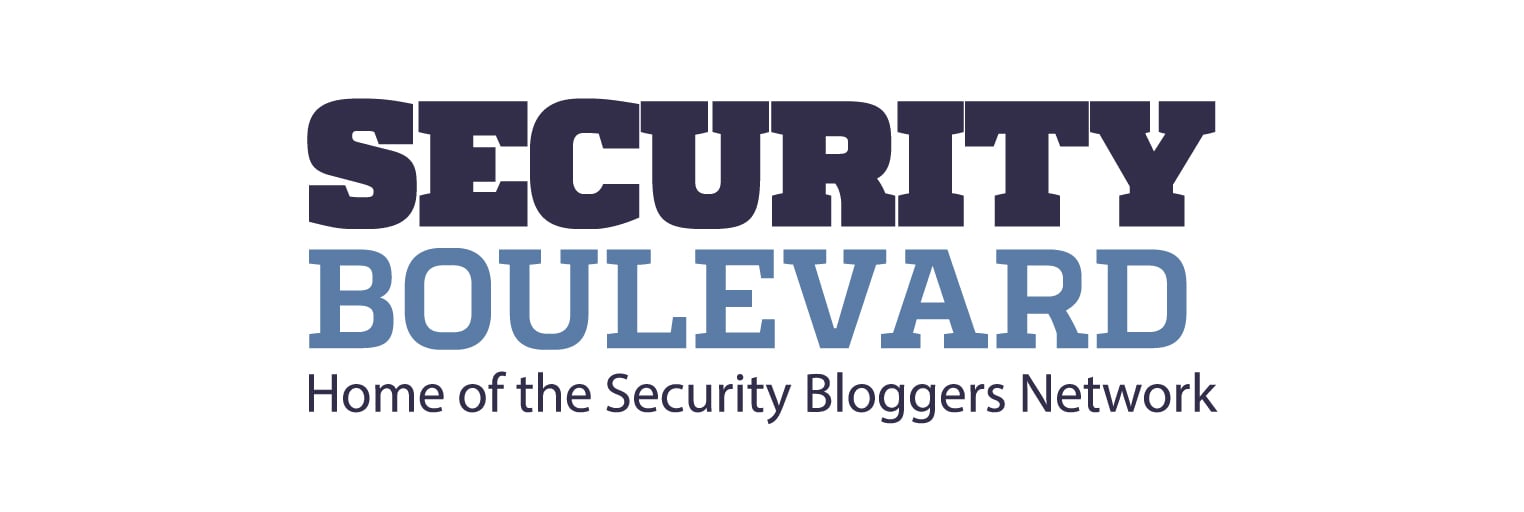
A few months ago, Brian Krebs told the story of the domain corp.com, and how it is basically a security nightmare:
At issue is a problem known as “namespace collision,” a situation where domain names intended to be used exclusively on an internal company network end up overlapping with domains that can resolve normally on the open Internet.
Windows computers on an internal corporate network validate other things on that network using a Microsoft innovation called Active Directory, which is the umbrella term for a broad range of identity-related services in Windows environments. A core part of the way these things find each other involves a Windows feature called “DNS name devolution,” which is a kind of network shorthand that makes it easier to find other computers or servers without having to specify a full, legitimate domain name for those resources.
For instance, if a company runs an internal network with the name internalnetwork.example.com, and an employee on that network wishes to access a shared drive called “drive1,” there’s no need to type “drive1.internalnetwork.example.com” into Windows Explorer; typing “\\drive1\” alone will suffice, and Windows takes care of the rest.
But things can get far trickier with an internal Windows domain that does not map back to a second-level domain the organization actually owns and controls. And unfortunately, in early versions of Windows that supported Active Directory — Windows 2000 Server, for example — the default or example Active Directory path was given as “corp,” and many companies apparently adopted this setting without modifying it to include a domain they controlled.
Compounding things further, some companies then went on to build (and/or assimilate) vast networks of networks on top of this erroneous setting.
Now, none of this was much of a security concern back in the day when it was impractical for employees to lug their bulky desktop computers and monitors outside of the corporate network. But what happens when an employee working at a company with an Active Directory network path called “corp” takes a company laptop to the local Starbucks?
Chances are good that at least some resources on the employee’s laptop will still try to access that internal “corp” domain. And because of the way DNS name devolution works on Windows, that company laptop online via the Starbucks wireless connection is likely to then seek those same resources at “corp.com.”
In practical terms, this means that whoever controls corp.com can passively intercept private communications from hundreds of thousands of computers that end up being taken outside of a corporate environment which uses this “corp” designation for its Active Directory domain.
Microsoft just bought it, so it wouldn’t fall into the hands of any bad actors:
In a written statement, Microsoft said it acquired the domain to protect its customers.
“To help in keeping systems protected we encourage customers to practice safe security habits when planning for internal domain and network names,” the statement reads. “We released a security advisory in June of 2009 and a security update that helps keep customers safe. In our ongoing commitment to customer security, we also acquired the Corp.com domain.”
*** This is a Security Bloggers Network syndicated blog from Schneier on Security authored by Bruce Schneier. Read the original post at: https://www.schneier.com/blog/archives/2020/04/microsoft_buys_.html
"corp" - Google News
April 09, 2020 at 09:34PM
https://ift.tt/2xY9y9s
Microsoft Buys Corp.com - Security Boulevard
"corp" - Google News
https://ift.tt/2RhVoHj
Shoes Man Tutorial
Pos News Update
Meme Update
Korean Entertainment News
Japan News Update
Bagikan Berita Ini














0 Response to "Microsoft Buys Corp.com - Security Boulevard"
Post a Comment